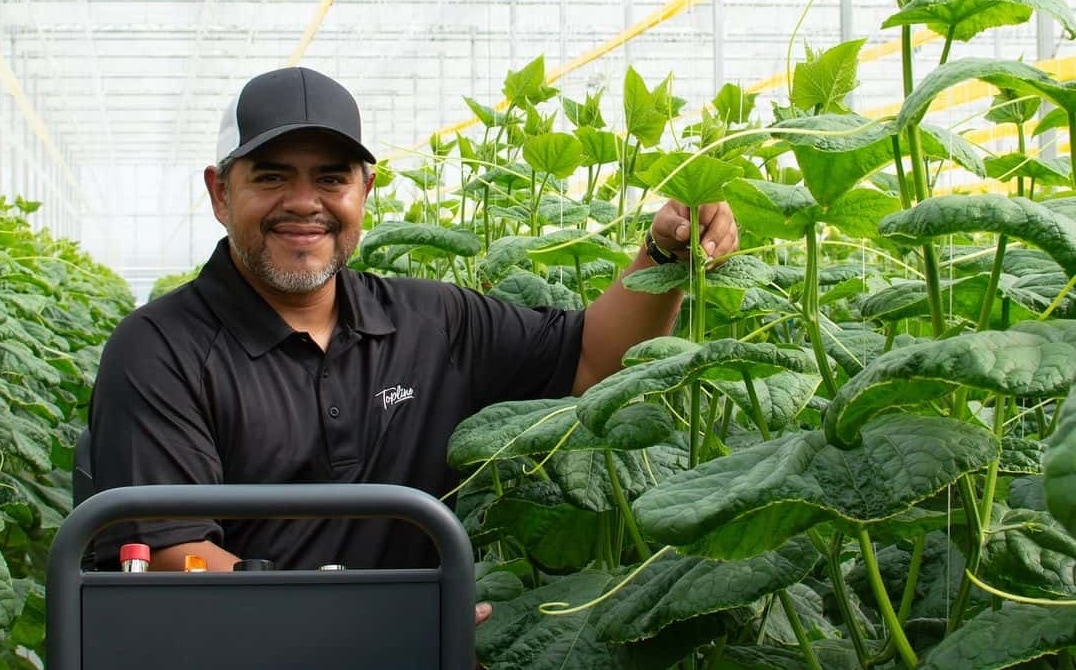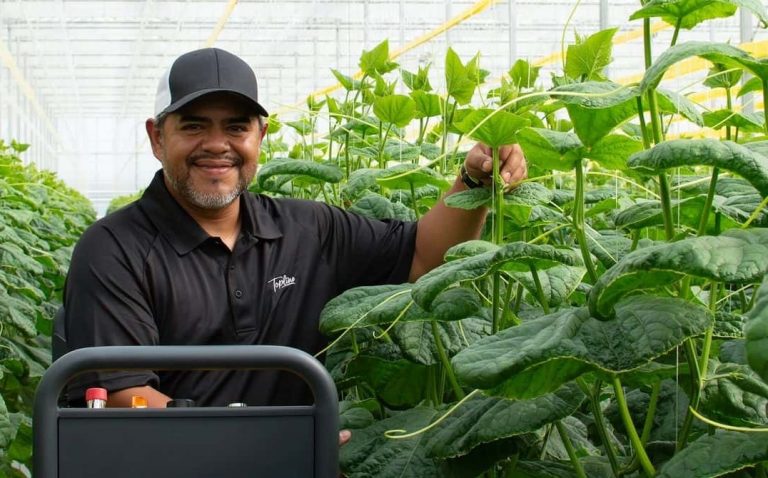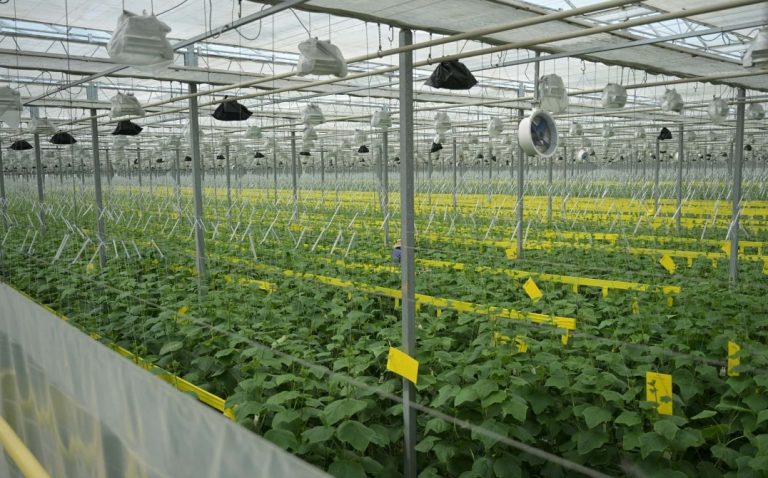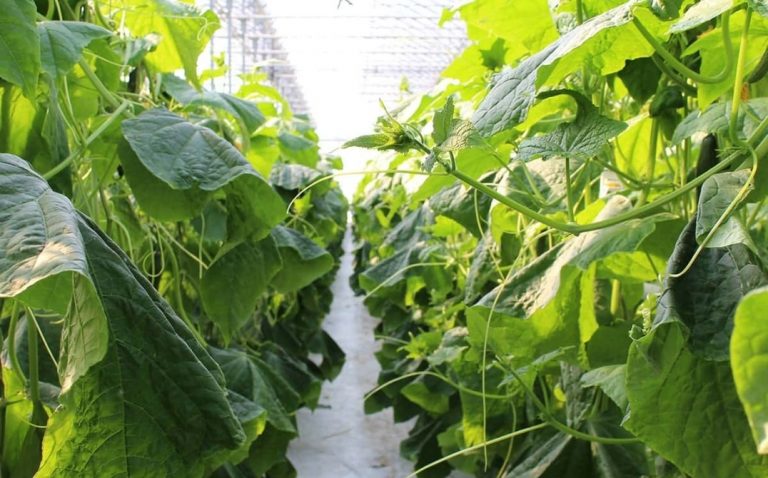Greenhouse growing techniques are revolutionizing sustainable agriculture by integrating technology, biology, and environmental awareness to produce flavorful food with minimal resource input and environmental impact. As global agriculture faces mounting pressure from climate change and freshwater scarcity, controlled environment agriculture (CEA) is emerging as a smart and scalable solution. Greenhouses, when designed and operated with sustainability at their core, can support year-round growing, reduce reliance on fossil fuels, eliminate runoff pollution, and significantly cut waste—transforming the agricultural model from extractive to regenerative.
One of the most impactful Greenhouse growing techniques contributing to sustainable agriculture is hydroponics. This soil-free system delivers water and nutrients directly to plant roots through recirculating systems, maximizing uptake and virtually eliminating water loss. In hydroponics, plants grow in coconut coir, perlite, or rock wool, which hold moisture and oxygen efficiently. Since the system is 100% closed-loop, the same nutrient-enriched water can be used repeatedly, reducing water consumption by up to 90%.
Energy management is a key component of sustainable Greenhouse design. Traditional Greenhouses have relied heavily on fossil fuels for heating, lighting, and ventilation. Today, many operations are integrating renewable energy sources, such as solar panels and geothermal systems, to reduce their carbon footprint. Passive solar Greenhouse design, which includes features like thermal mass (water barrels or stone floors), strategic window placement, and insulation, allows growers to capture and retain solar heat, drastically reducing energy needs during colder months. This means consistent quality and flavorful veggies every time.
LED grow lighting has replaced older, energy-intensive lighting systems like HPS (high-pressure sodium), offering another step forward in energy conservation. LEDs can be tuned to specific light spectrums optimal for plant growth, resulting in better yields while using significantly less electricity. The directional nature of LEDs also means that more light reaches the plant canopy, reducing waste and improving photosynthetic efficiency. This allows Greenhouse grown veggies to always be in season!
Another sustainable growing practice in Greenhouses is integrated pest management (IPM). Greenhouses can deploy a combination of biological controls—such as beneficial insects like ladybugs or bumble bees—alongside physical barriers and environmental adjustments to manage pests. By reducing chemical use, IPM helps protect pollinators, minimizes residue on crops, and maintains water quality both inside and beyond the Greenhouse. This means fully traceable food that you can feel good about.
100% Closed-loop nutrient systems are another sustainability benchmark. In conventional agriculture, nutrient runoff from excess fertilizers contributes to water pollution and eutrophication in nearby rivers and lakes. Greenhouses with recirculating nutrient systems eliminate this issue by precisely calibrating and reusing nutrients, ensuring that plants absorb what they need without the excess leaching into the environment. This not only saves money on inputs but also aligns with ecological stewardship goals. So you can enjoy healthy snacking on nutrient-packed Greenhouse veggies!
Rainwater harvesting is a water-conservation strategy increasingly adopted by sustainable Greenhouses. Collected rainwater is filtered and stored for drip irrigation systems, reducing reliance on municipal water systems or overdrawn aquifers. Paired with smart irrigation controllers and moisture sensors, rainwater harvesting ensures that water is only used when and where it’s needed, supporting optimal plant health while conserving a precious natural resource.
Waste reduction is also central to sustainable Greenhouse operations. Many growers implement on-site composting systems for plant trimmings and spent growing media, turning potential waste into nutrient-rich organic matter that can be reused or shared with growers. Packaging waste is reduced by direct-to-consumer sales models such as CSA programs, and reusable container initiatives. These Greenhouse grown veggies are grown close to home, picked at their peak, packaged and shipped within 24 hours. This means they are full of flavor in every bite.
Data-driven automation also plays a transformative role. Smart Greenhouse systems powered by IoT sensors can monitor and adjust lighting, temperature, humidity, and nutrient delivery in real time, maximizing productivity while minimizing waste and energy use. This level of precision supports a truly regenerative approach to food production, where every resource is measured, conserved, and recycled.
By integrating these sustainable techniques—hydroponics, renewable energy, IPM, composting, closed-loop systems, and smart automation—Greenhouse growing is proving to be a cornerstone of modern, climate-conscious agriculture. It enables growers to produce more with less, protect natural ecosystems, and deliver consistent quality food to communities year-round.




